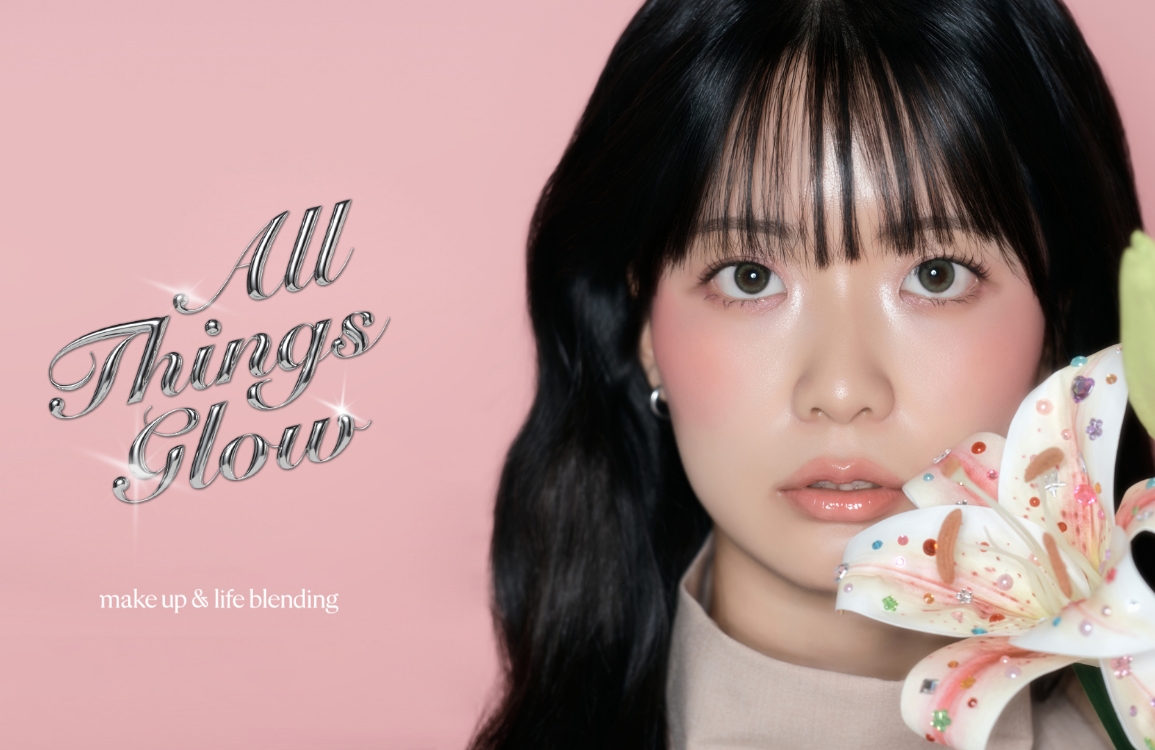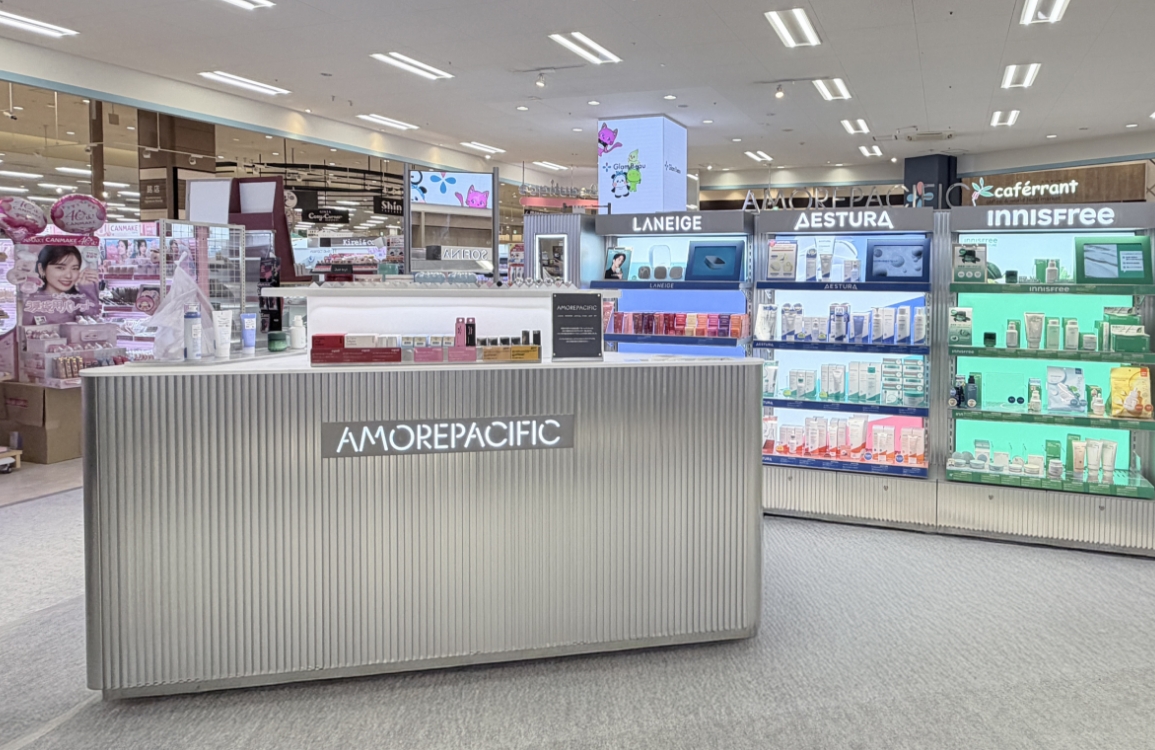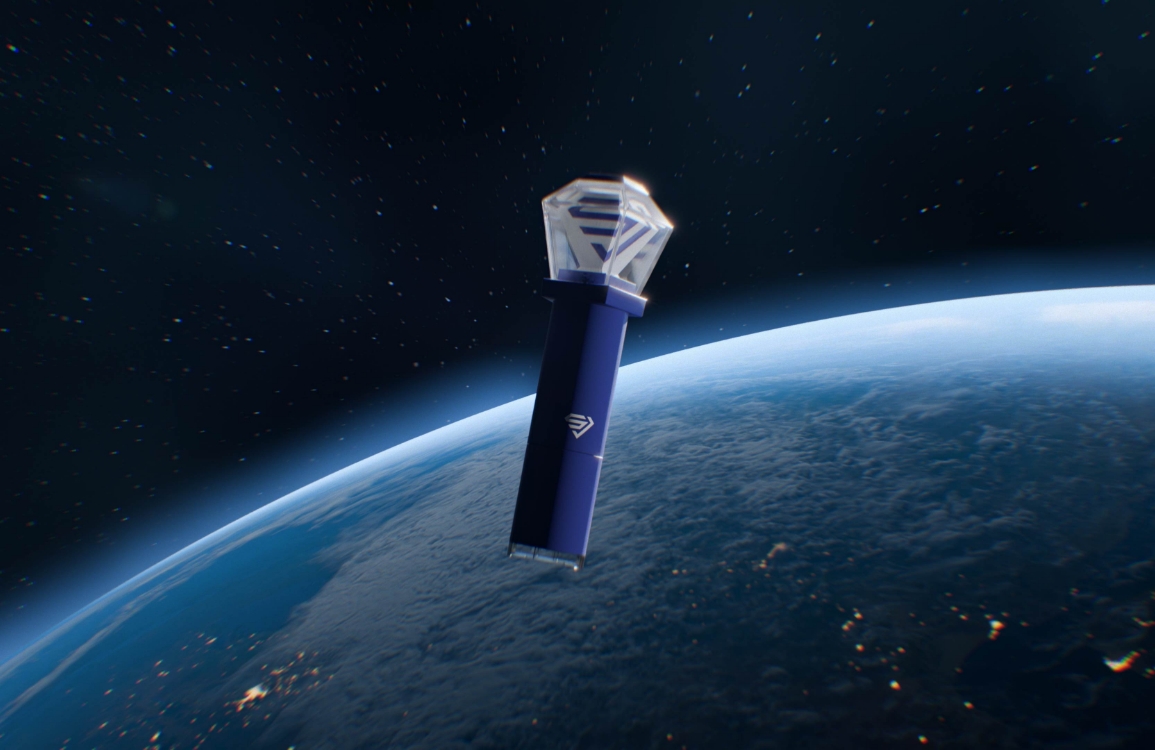Yunjin Lee, Creative Strategy Team
![Yunjin Lee, Creative Strategy Team [월간 AC] 크리에이티브 전략팀 이윤진님 34_00](https://cdn-design.amorepacific.com/contents/2023/05/11174107/34_00.png)
Editor C.
I’m a product designer in my fourth year. While I’m confident in what I know, there’s so much I don’t. I’m constantly curious about the lives and work processes of other creatives. How does everyone else make it work?
Prologue.
The Amorepacific Creatives portfolio is filled with stunning photographs. We decided to explore the work of one of the photographers behind the lens and get to know Yunjin.
Q1. Hello, Yunjin. Could you please briefly introduce yourself and the projects you’re currently working on?
Hello, I’m Yunjin Lee, a photographer at the Creative Center. My work involves planning and shooting the visuals for new brand launches, renewals, and product releases. The projects I’m most focused on right now are Longtake, Holitual, and our AC Content visuals.
Q2-1. How long have you been at the Center? Is this your first job?
I joined in 2019 and have been at the Center ever since. Before this, I was a photographer at an advertising agency, doing the same kind of work—shooting both models and products. Ad agencies handle so many different brands, and much of the work is incredibly fast-paced, like content that needs to go live on Instagram immediately or seasonal campaigns, so it was always hectic. I’d be shooting clothes one moment and cosmetics the next. While it was fun, it was also draining to constantly switch between categories without being able to truly focus. When I decided to change jobs, I knew I wanted to do something more focused. Now, I’m creating content that’s even more interesting than I had imagined, and I couldn’t be happier.’
Recent visuals for Long Take and Holy Chual. ©Lee Yunjin
Q2-2. An agency! They’re notorious for being busy. Are there differences between your workflow there and your current one?
The biggest difference is freedom. At the agency, there were often a lot of restrictions from clients, like, “Please shoot this in this specific format, at this exact angle.” Here, I have much more creative freedom in both shooting and editing. I was also younger back then and hadn’t really developed my own clear photographic style, but now I’m gradually finding it and discovering the kind of artist I am. Here, I can express that style and try new things. Fortunately, the directors I’ve worked with have been happy with the results, so I plan to keep pushing myself in this direction.
Q3-1. I’m curious about your projects at Amorepacific. Which one has been the most memorable?
The Holitual launch project stands out the most. We had to create the entire visual identity from absolute zero, and since I was still new to the company, I was very worried. For example, even simple product cutouts—which used to be purely functional—are now another opportunity for brands to express their unique identity. I agonized over every little detail, starting from those basic cutouts, wondering how to weave the Holitual story into every image and how to build that narrative into a cohesive visual guide. I studied a lot, and I had great chemistry with the art director, which made it a really fun and memorable project. Of course, the pressure of a launch was immense, but what makes me proudest is that the visual story I helped create is still being carried on today.
![Yunjin Lee, Creative Strategy Team [월간 AC] 크리에이티브 전략팀 이윤진님 70_01](https://cdn-design.amorepacific.com/contents/2023/08/30143115/70_01.png)
Visuals developed in alignment with Holychual’s brand story. ©Lee Yunjin
Q3-2. You mentioned “visual story.” How do you develop a story in a photograph? In graphic design, guides for layout and grids can be quite clear. How does that work for photography? Do you specify things like a color palette or props?
Yes, absolutely. We establish keywords and key colors, and then we weave in the brand’s narrative. Let me walk you through my thought process. For Holitual, the target is an affluent woman in her 30s or 40s with a relaxed lifestyle. I start by imagining her face, what she would wear, eat, and like, and build a story from there. The products use a lot of gold, so that element needs to be highlighted effectively. To do that well, I know I need to use light. Then I break it down further: would morning or afternoon light be better? For this woman, the soft, leisurely light of a late afternoon feels more appropriate than bright, sparkling morning sun. So, I decide on that and set up the lighting accordingly. It’s like piecing together the fragments of an image in my mind. And since I have to explain what I’m visualizing to my team, I organize those ideas clearly to communicate them.
![Yunjin Lee, Creative Strategy Team [월간 AC] 크리에이티브 전략팀 이윤진님 70_02](https://cdn-design.amorepacific.com/contents/2023/08/30143118/70_02.png)
Hollychual’s new products and product lineup. Content aligned with
the initial visual story is being produced. ©Lee Yunjin
the initial visual story is being produced. ©Lee Yunjin
Q4-1. Are there any particular challenges that are unique to photographers during a shoot?
For a photographer, equipment is crucial. When an issue comes up on set, you have to make a quick judgment call on what lens or lighting to use. This is especially true on location shoots, where you’re limited to the gear you brought with you. That’s when you might feel a sense of regret, thinking, “If only I had this other piece of equipment.” To minimize this, we do a lot of prep work, scouting locations beforehand and deciding on the exact positioning and lighting setup. But if, after all that, I see that the feeling from the concept board is impossible to achieve with the current gear and conditions, I have to assess the situation quickly and find another way to express the idea.
Q4-2. For designers, who mostly work on computers, if source materials are lacking, we can just find more and edit. But for photography, it’s hard to schedule a reshoot, so you usually have to get everything in one day. The photographer’s judgment seems critical, which must come with a lot of pressure.
That’s right. You can get to the location and find that the reality of the day is completely different from what you planned. For example, maybe the natural light is unexpectedly harsh, but you don’t have the right equipment to control it. That’s when panic can set in. But you have to make a quick decision and talk to the director. I have to explain the situation in a way they can understand—for instance, “Given the light right now, it would be better to shoot this scene indoors and then come back out after 5 p.m. if we need to”—and coordinate a new plan. There are so many people on a film set, so clear and quick communication is essential.
![Yunjin Lee, Creative Strategy Team [월간 AC] 크리에이티브 전략팀 이윤진님 70_03](https://cdn-design.amorepacific.com/contents/2023/08/30143120/70_03.png)
Hollychual’s new products and product lineup. Content aligned with
the initial visual story is being produced. ©Lee Yunjin
the initial visual story is being produced. ©Lee Yunjin
Q5. On the flip side, what makes a shoot enjoyable?
Ultimately, photography is all about collaboration. When communication is flowing well, the shoot itself is never difficult, regardless of the final outcome. For example, if a director brings a concept, my job is to express it as accurately as possible, which makes their feedback crucial. If they can tell me, “This part is good, but I don’t like this part,” then I can suggest alternatives—”How about we try it this way? Or that way?”—and we can build a better result together. When that communication is missing, it’s a real shame. Conversely, some people give a lot of feedback during a shoot, and that communication itself can bring incredible energy to the set. It encourages me to offer more ideas, which often leads to an even better final product. The shoot ends on a high note. But everyone’s different, and some photographers might not like a director who is overly detailed. That’s why it’s best to align on expectations beforehand. You don’t always need a face-to-face meeting, but a thorough communication process before the shoot is vital.
Q6. I have another classic question for you. What is a “good photo” to you?
The answer to that question goes back about two years. I’d been taking pictures for a long time, worked at an ad agency, and handled many different brands. Two years ago, I probably thought of myself as someone with a big portfolio who had shot in many different fields. Around that time, I was talking with some friends who are artists, in music and painting, and one of them asked, “Can you show me your photos?” In that instant, it felt like I’d been hit by lightning. I was suddenly so embarrassed, because I realized I had no photos that I felt were truly mine to show. That’s when it hit me: “Why don’t I have any pictures that tell my own story?” I had plenty of glamorous photos with professional models, but they weren’t my photos. I went home that day in a daze and thought about it for a long time. I decided I needed to start creating again. In school, I’d done personal work for assignments, but as a working adult, I realized I hadn’t made a single project purely for myself. Since then, I’ve been making time for personal projects. In the past, my photos didn’t contain my story, and I was ashamed to call them “my photos.” I still have a long way to go, but now, if someone asks to see my work, I feel like I can show them something. Not every picture has a deep story, but a photo that I took with intention—one where I invested my heart, my thoughts, and my focus—is something I can confidently share. So, for me, a good photo is one that contains my story.
![Yunjin Lee, Creative Strategy Team [월간 AC] 크리에이티브 전략팀 이윤진님 70_04](https://cdn-design.amorepacific.com/contents/2023/08/30143122/70_04.png)
Yoon Jin’s personal work. ©Yunjin
Q7-1. That’s very inspiring. I haven’t done personal work in a long time… it makes me reflect. On that note, I’d love to hear your plans for the future.
I’m really someone who lives without a grand plan, but there’s one thought I always have: I want to be holding a camera, even when I’m a stooped-over old grandmother.
Q7-2. Wow, that’s a beautiful plan. When did you first fall in love with photography?
It started in middle school when a friend lent me a film camera. It was just fun, and it turned out I had a knack for it (laughs). I kept taking pictures, and in my first year of high school, I learned that some schools had photography departments. I started taking classes at an academy, and I absolutely loved it. Before, I would just shoot a pretty building or a nice flower, but once I started learning formally, I became completely fascinated with advertising photography. At the time, America’s Next Top Model was hugely popular, and seeing the photographers shoot the models on that show… it was like a flash of lightning in my mind. I thought it was the coolest thing in the world.
Q8. Lastly, is there anything you wished I had asked you?
More than something I wished you’d ask, I just want to say that I was grateful you asked for an interview at all. There are very few photographers at the Center, and I know that it’s easy for people to not pay attention to what we do or how we do it. The point I wanted to make is that while our job is to express the concepts brought to us by directors, we are creators, too. It might not always be visible, but in our domain, we are constantly thinking, problem-solving, and pouring our hearts into the work. That’s what I wanted to say.
![Yunjin Lee, Creative Strategy Team [월간 AC] 크리에이티브 전략팀 이윤진님 70_05](https://cdn-design.amorepacific.com/contents/2023/08/30143125/70_05.png)
![Yunjin Lee, Creative Strategy Team [월간 AC] 크리에이티브 전략팀 이윤진님 m_70_05](https://cdn-design.amorepacific.com/contents/2023/08/30143146/m_70_05.png)
Always happy with a camera
Expressing Grandma Photographer Yunjin. ©Min Chae Hyun
Expressing Grandma Photographer Yunjin. ©Min Chae Hyun
- Amorepacific Creatives
- Interviewee
- 이윤진
- Interviewer
- 민채현
![Yunjin Lee, Creative Strategy Team [월간 AC] 크리에이티브 전략팀 이윤진님 70_sign_set](https://cdn-design.amorepacific.com/contents/2023/08/30143330/70_sign_set.png)

![Yunjin Lee, Creative Strategy Team [월간 AC] 크리에이티브 전략팀 이윤진님 70_00_sld_00](https://cdn-design.amorepacific.com/contents/2023/08/30143111/70_00_sld_00.jpg)
![Yunjin Lee, Creative Strategy Team [월간 AC] 크리에이티브 전략팀 이윤진님 70_00_sld_01](https://cdn-design.amorepacific.com/contents/2023/08/30143113/70_00_sld_01.jpg)









